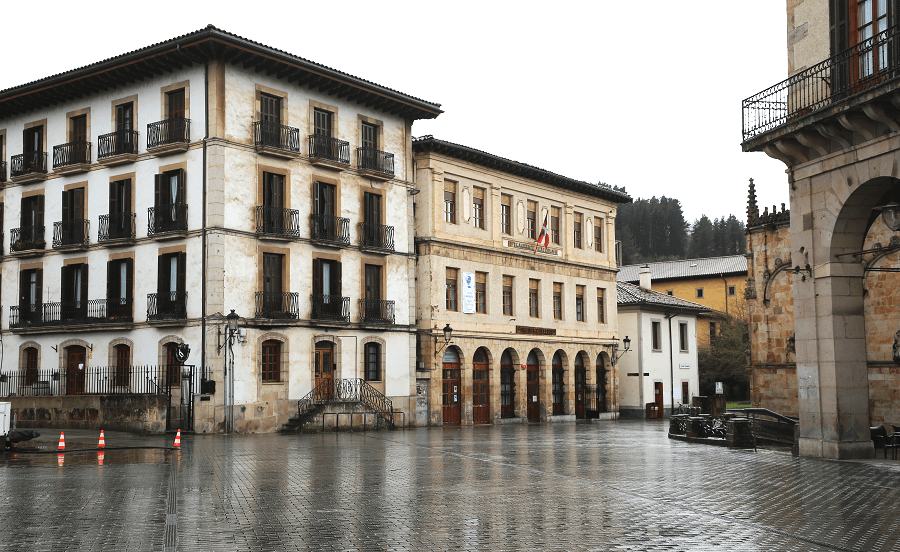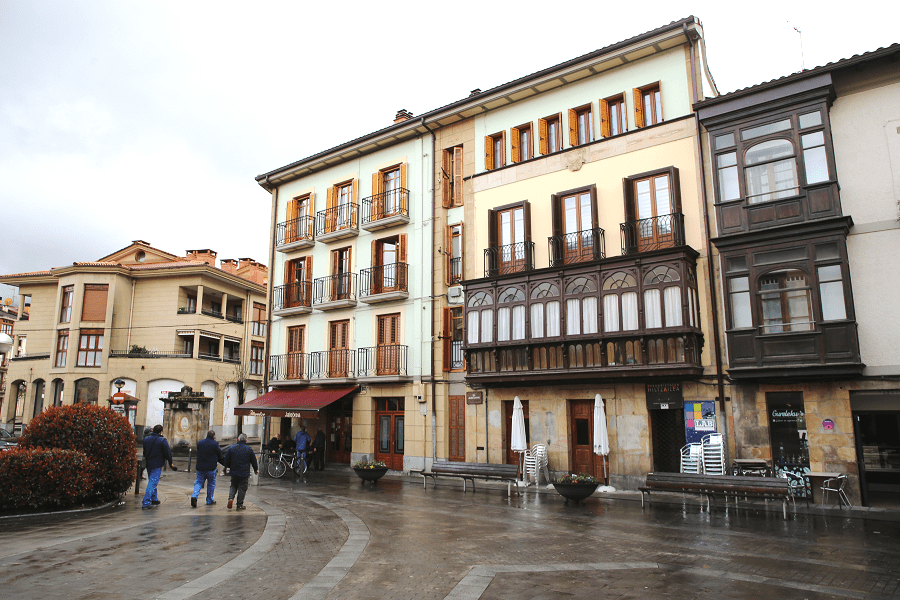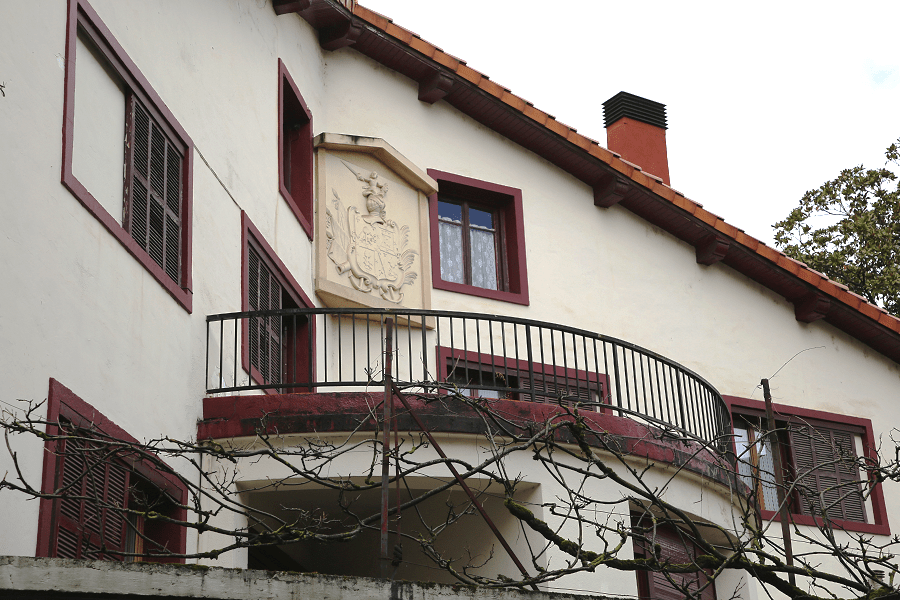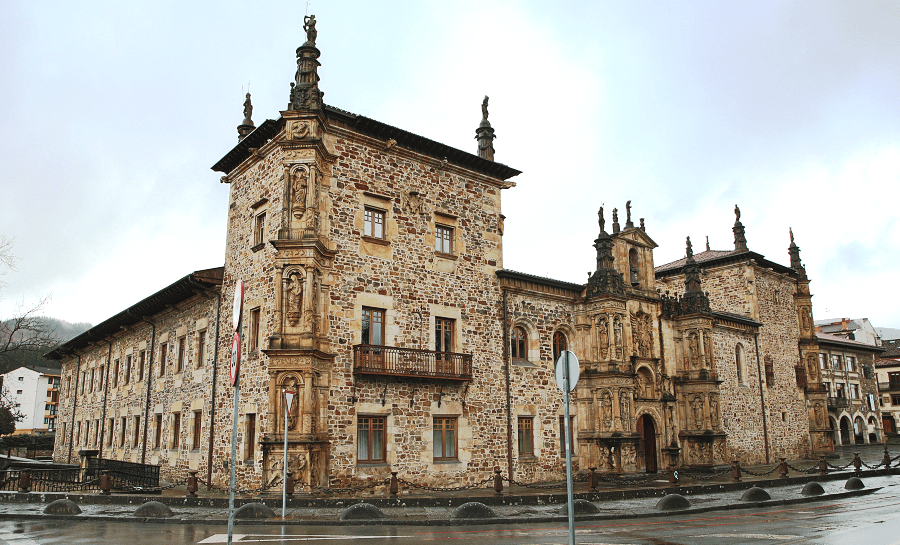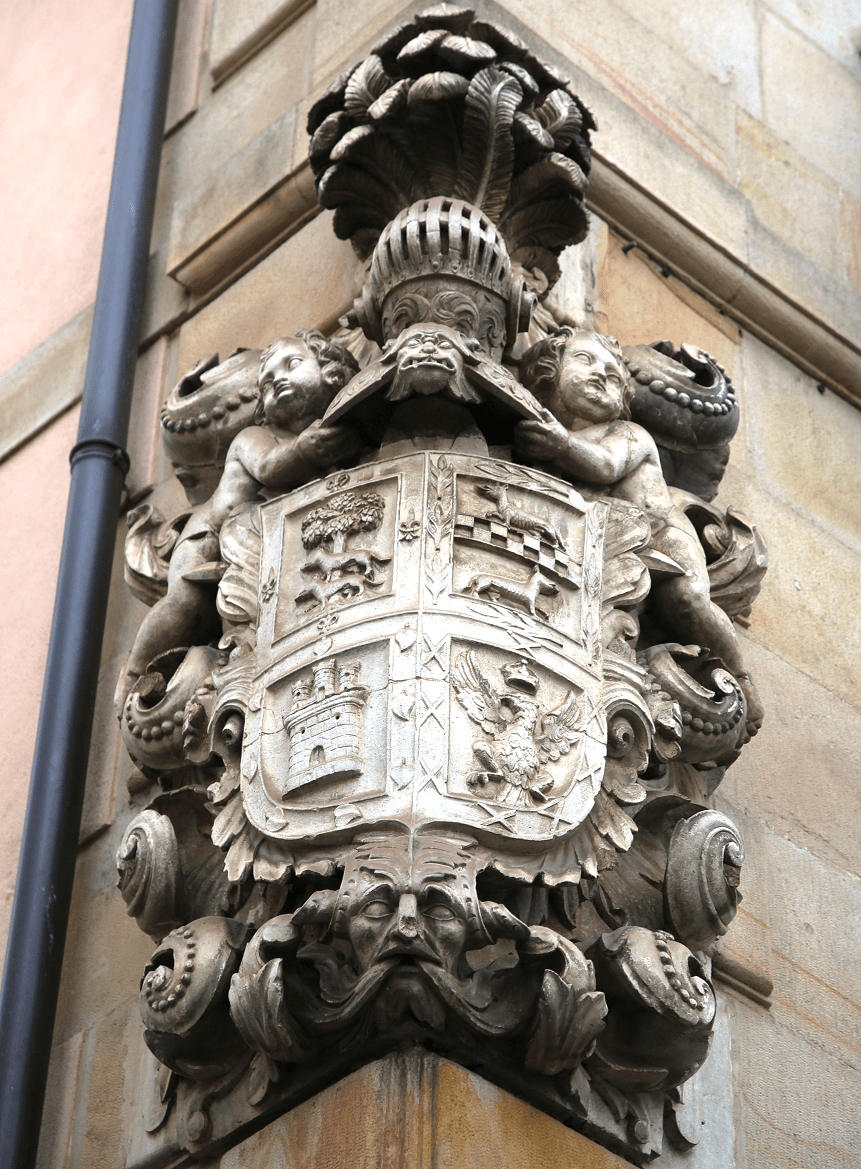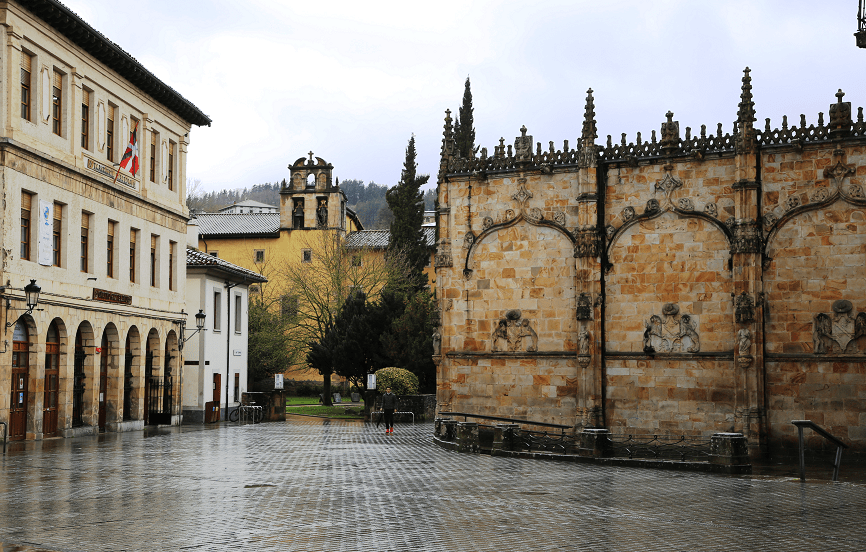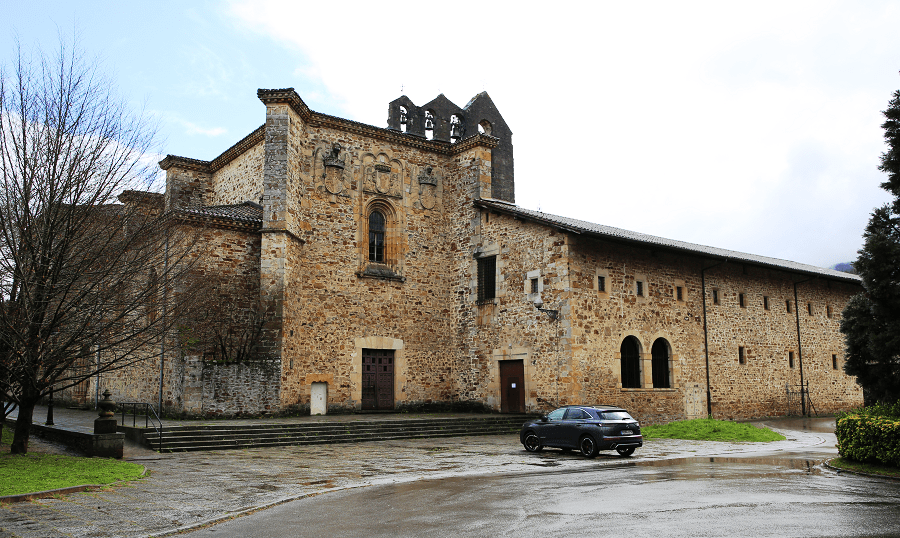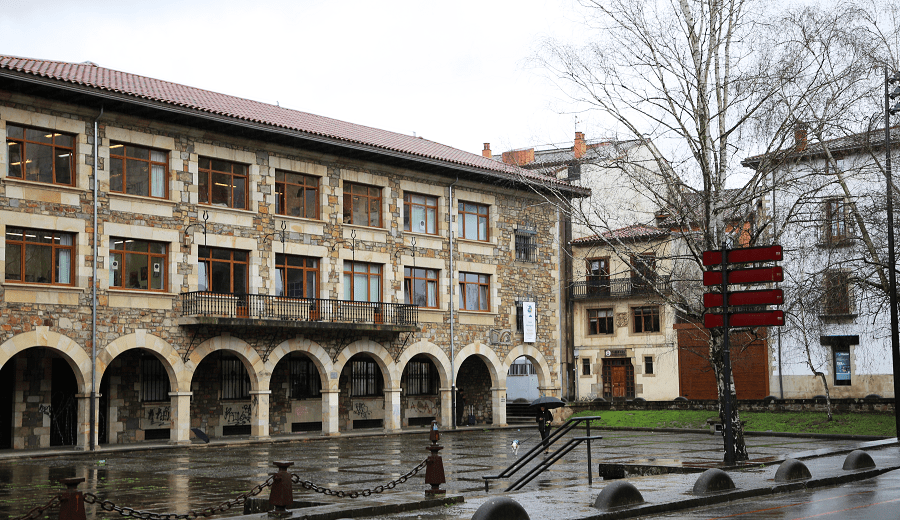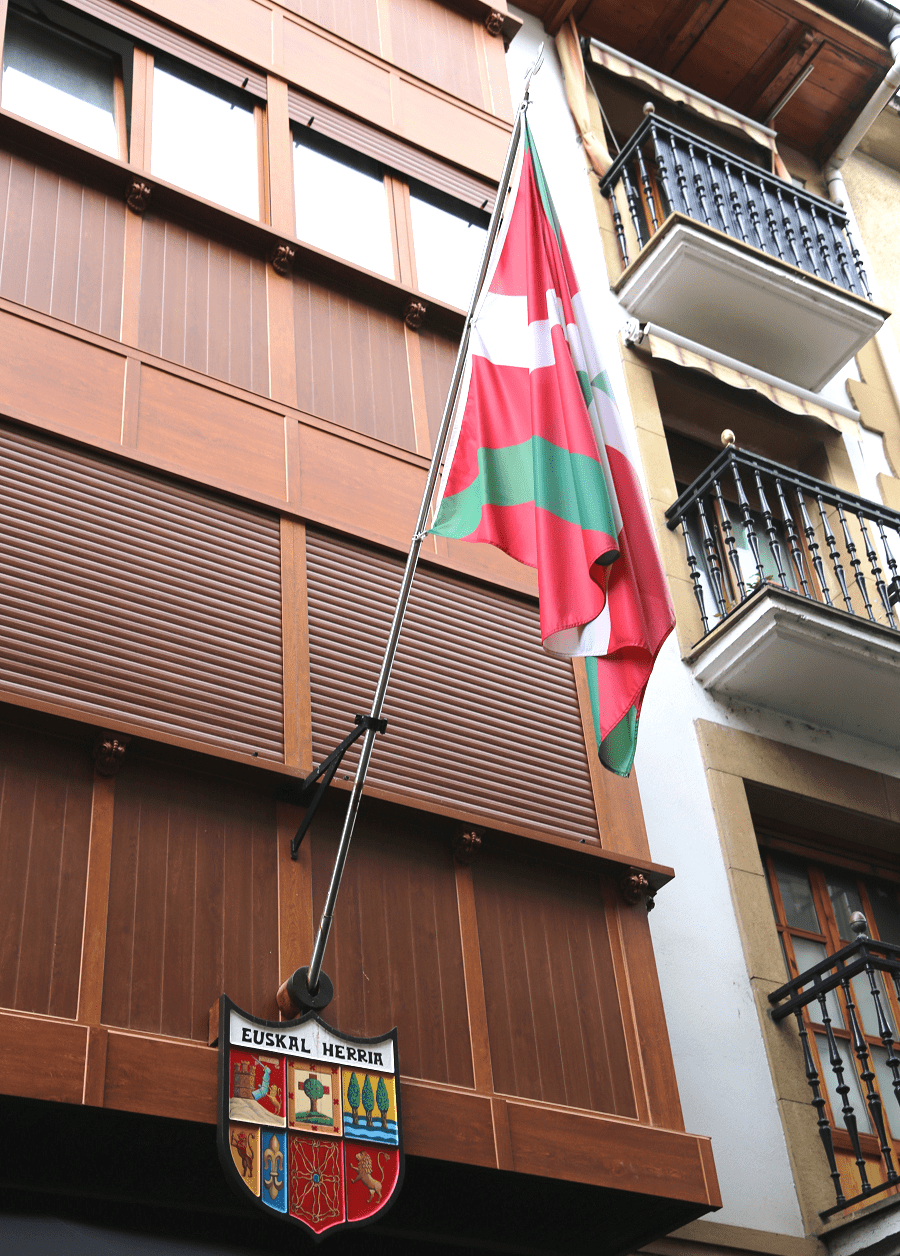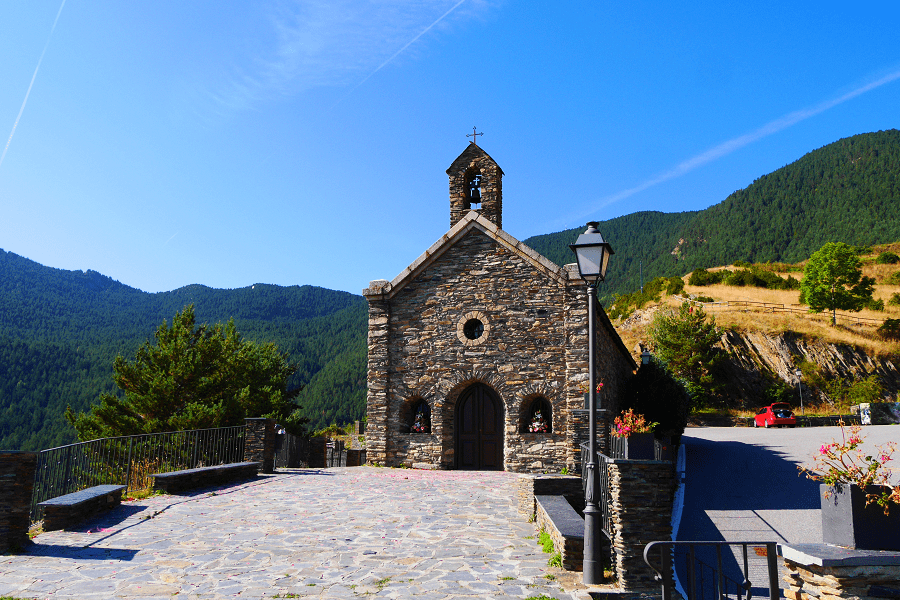Oñati (Basque: Oñati, Spanish: Oñate) is a town and municipality in the province of Gipuzkoa, Basque community, northern Spain.
Main attraction
Universidad Sancti Spiritus, a 16th-century Renaissance building, founded in 1540 by Bishop Rodrigo Mercado de Zuazola, is considered one of the most important in that style in the Basque Country. Inside, the cloister, the chapel and the Mudejar coffered ceiling stand out. From the mid-16th century to the beginning of the 20th century (1901) it functioned as the first and only university in the Basque Country. Currently, since 1989, the building houses the International Institute of Legal Sociology (IISJ).
Parish Church of San Miguel Arcángel, Gothic temple built mainly in the fifteenth century. Particularly interesting is the curious cloister over the Ubao River, built by Bishop Rodrigo Mercado de Zuazola in the 16th century and in a Flamboyant Gothic style. Inside, the following are noteworthy: the Capilla de la Piedad, funerary enclosure of Bishop Rodrigo Mercado de Zuazola, with a Plateresque mausoleum and altarpiece; the main altarpiece, baroque; and the crypt, which houses the Gothic alabaster sepulcher of Pedro Vélez de Guevara, Lord of Oñate. The tower, neoclassical from the 18th century, is the work of Martín Carrera.
Monastery of Santa Clara de Bidaurreta, of Poor Clare nuns and Isabelline Gothic style, was founded by Juan López de Lazarraga in 1510. Inside its church, the main altarpiece, Baroque, and the first Renaissance altarpiece stand out, according to chronological dating (1533), from Guipúzcoa, Plateresque style.
Sanctuary of Aránzazu, an exponent work of modern sacred art. The project is by the architects Sáenz de Oiza and Luis Laorga from the Madrid College of Architects; Together with them, the sculptor Jorge Oteiza for the main façade, the painter Lucio Muñoz for the decoration of the apse, the sculptor Eduardo Chillida for the main access doors, Fray Javier María Álvarez de Eulate in charge of the stained glass windows and the painter Néstor Basterretxea for the decoration of the walls of the crypt.
Church of the Lateran Canons Regular, a 19th-century neo-Gothic temple.
Hermitage of San Martín, from the 16th century and with a wooden structure roof, is a good example of popular architecture. The altarpiece is the work of Pierres Picart.
Town Hall, baroque building from the 18th century built by Martín Carrera in 1778.
Zumeltzegi House-Tower, from the end of the 12th century or the beginning of the 14th, was the local residence of the Counts of Oñate.
House-Tower of Lazarraga, documented in the fifteenth century in which the Lazarraga already lived.
Casa Hernani, dates from the 16th century and was the seat of the University of Oñate.
Casa Otaudi-Jausoro, from the late 16th or early 17th century, stands out for its corner balcony.
Palacio «Don Pedruena», rebuilt at the end of the 19th or beginning of the 20th century, is a beautiful building in the late Baroque style.
Urain or Zubiaur tower, defense or tax or toll collection tower.
Plaza de los Fueros, from the end of the 19th century, is a rectangular square with arcades on three of its sides, leaving the fourth free and limited by the pediment.
Molino San Miguel, medieval mill owned by the Counts of Oñate, preserves original elements.
Arrikrutzu Cave, which is part of the extensive Gesaltza-Arikrutz karstic system that extends under the subsoil of the Madina rock. The Aitzkorri massif is made up of limestone and dolomite rocks from the Upper Jurassic and Lower Cretaceous. The extension of the karst system is more than 14 km and it is divided into 6 different levels.
How to get to?
By car:
From San Sebastian 59 min (75.1 km) via AP-8
From Vitoria 40 min (43.8 km) via AP-1
From Bilbao 51 min (64.7 km) via AP-8 and N-636
From Madrid 4 hr 6 min (399 km) via A-1 and AP-1
Main information
Area: 107 km²
Coordinates: 43°01′58″N 2°24′42″W
Population: 11 427
Languages: Spanish, Basque
Currency: Euro
Visa: Schengen
Time: Central European UTC +1



